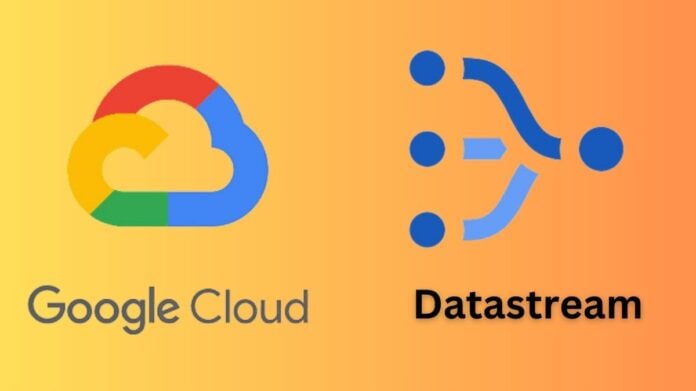Replication pipelines can break in the complicated and dynamic world of data replication. Restarting replication with little impact on data integrity requires a number of manual procedures that must be completed after determining the cause and timing of the failure.
With the help of Datastream GCP‘s new stream recovery capability, you can immediately resume data replication in scenarios like database failover or extended network outages with little to no data loss.
Think about a financial company that replicates transaction data to BigQuery for analytics using DataStream from their operational database. A planned failover to a replica occurs when there is a hardware failure with the primary database instance. Due to the unavailability of the original source, Datastream’s replication pipeline is malfunctioning. In order to prevent transaction data loss, stream recovery enables replication to continue from the failover database instance.
Consider an online shop that replicates user input to BigQuery for sentiment analysis using BigQuery ML utilising Datastream. An extended network disruption breaks the source database connection. Some of the updates are no longer accessible on the database server by the time network connectivity is restored. Here, the user can rapidly resume replication from the first available log point thanks to stream recovery. For ongoing sentiment analysis and trend identification, the merchant prioritises obtaining the most recent data, even though some feedback may be lost.
The advantages of recovering streams
Benefits of stream recovery include the following
- Reduced data loss: Get back data lost by events like unintentional log file deletion and database instance failovers.
- Minimise downtime: Get back up and running as soon as possible to resume continuous CDC consumption and swiftly restore your stream.
- Recovery made easier: A user-friendly interface makes it simple to retrieve your stream.
Availables of Datastream GCP
Minimise latency in data replication and synchronisation
Reduce the impact on source performance while ensuring reliable, low-latency data synchronization across diverse databases, storage systems, and applications.
Adapt to changing needs using a serverless design
Quickly get up and running with a simple, serverless application that scales up and down without any hassle and requires no infrastructure management.
Google Cloud services offer unparalleled flexibility
Utilise the best Google Cloud services, such as BigQuery, as Spanner, Dataflow, and Data Fusion, to connect and integrate data throughout your company.
Important characteristics
The unique strategy of Datastream GCP
Data streaming via relational databases
Your MySQL, PostgreSQL, AlloyDB, SQL Server, and Oracle databases can be read and updated by Datastream, which then transfers the changes to BigQuery, Cloud SQL, Cloud Storage, and Spanner. It consistently broadcasts every event as it happens and is Google native and agentless. More than 500 trillion events are processed monthly by Datastream.
Robust pipelines with sophisticated recovery
Unexpected disruptions may incur high expenses. You can preserve vital business activities and make defensible decisions based on continuous data pipelines thanks to Datastream GCP‘s strong stream recovery, which reduces downtime and data loss.
Resolution of schema drift
Datastream GCP enables quick and easy resolution of schema drift when source schemas change. Every time a schema is changed, Datastream rotates the files, adding a new file to the target bucket. With a current, versioned Schema Registry, original source data types are only a call away via an API.
Safe by design
To safeguard data while it’s in transit, Datastream GCP offers a variety of private, secure connectivity options. You can relax knowing your data is safe while it streams because it is also encrypted while it is in transit and at rest.
The application of stream recovery
Depending on the particular failure circumstance and the availability of current log files, stream recovery offers you a few options to select from. You have three options when it comes to MySQL and Oracle: stream from the most recent position, skip the current position and stream from the next available position, or retry from the current log position. Additionally, you can provide the stream a precise log position to resume from for example, the Log Sequence Number (LSN) or Change Sequence Number (CSN) giving you more precise control over making sure that no data is lost or duplicated in the destination.
You can tell Datastream to start streaming again from the new replication slot after creating a new one in your PostgreSQL database for PostgreSQL sources.
From a given position, begin a stream
Apart from stream recovery, there are several situations in which you might need to begin or continue a stream from a particular log location. For instance, when the source database is being upgraded or moved, or when historical data from a particular point in time (where the historical data terminates) is already present in the destination and you would like to merge it. In these situations, you can utilise the stream recovery API to set a starting position before initiating the stream.
Get going
For all available Datastream sources across all Google Cloud regions, stream recovery is now widely accessible via the Google Cloud dashboard and API.


